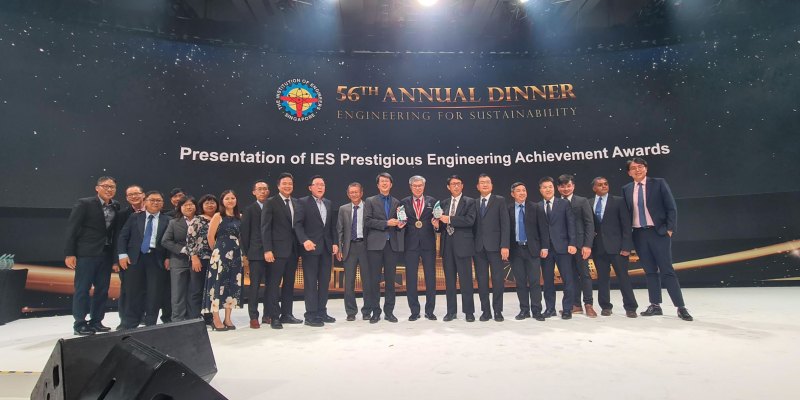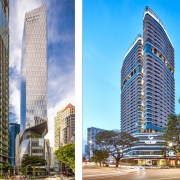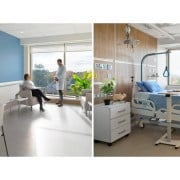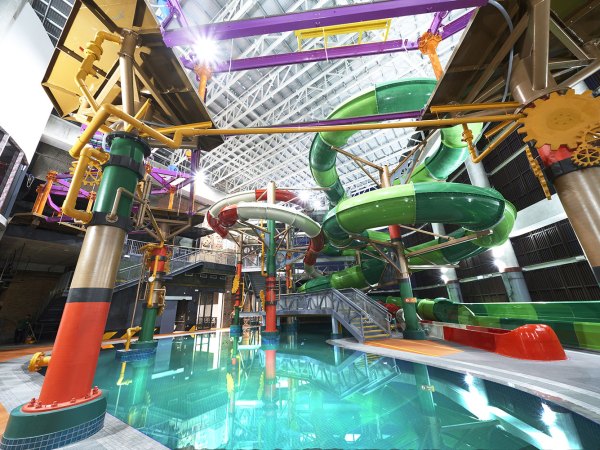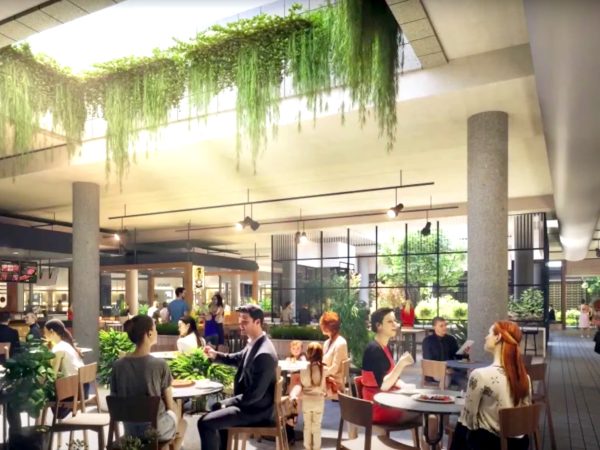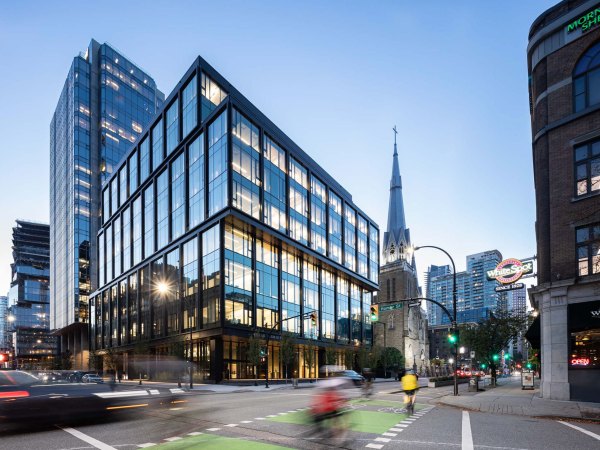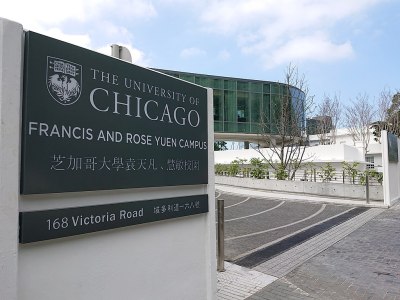(Above) The SJ Coastal Engineering team and its partner Maritime and Port Authority of Singapore received the Institute of Engineering Society (IES) Prestigious Engineering Achievement Award 2022. (Below)
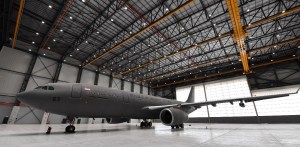
Surbana Jurong Group has garnered two prestigious engineering awards – one for the design and delivery of Tuas Port Phase 1 and another for the first net-positive building of the Republic of Singapore Air Force.
SJ and its partner the Maritime and Port Authority of Singapore (MPA) were conferred the Institute of Engineering Society (IES) Prestigious Engineering Achievement Award 2022 recently for the innovative engineering design and environmentally sustainable solutions in the design and delivery of the first phase of Tuas Port (TPP1), Singapore’s mega port.
The same award was conferred on another SJ project – the A330 Multi-Role Tanker Transport (MRTT) Hangar for Singapore’s Defence Science and Technology Agency (DSTA). KTP Consultants, a member of the Group, was the Civil and Structural engineer behind the project.
Both awards were announced at the 56th IES Annual Dinner last week. “In terms of project size and complexities, Tuas mega port project ranks as the biggest and most challenging of the coastal engineering projects handled jointly by Surbana Jurong and MPA to date,” said Mr Seah Kim Huah, Surbana Jurong’s Deputy CEO (Infrastructure).
Innovative engineering for Tuas Port Phase 1
Works on TPP1, the first of four phases, began in March 2015. The Tuas next-generation maritime hub is expected to be the largest fully automated containerised terminal at a single location in the world when fully developed by 2040.
The team’s solutions centred on several priorities including protecting the port against climate change, creating a more efficient and safer working environment for workers, strengthening the foundation of the port, and overcoming challenges in sourcing armour rocks from overseas.
Their innovative engineering design solutions include raising the original design port platform level to cater for rising sea levels in the future. Concrete caissons were designed and manufactured in a controlled environment on site, ensuring consistency of concrete quality and strength. Also, the use of prefabricated concrete slabs at the caisson base protects the port foundation against the scouring effect when container ships berth alongside its quay walls.
The team also used environmentally sustainable solutions which led to significant savings of about S$1 billion in reclamation costs. To reduce the carbon footprint of importing fill, the team recycled dredged seabed material and land-excavated material into reclamation filling, caisson infilling, and shore protection. The team also safeguarded the existing ecology and biodiversity of nearby Jurong Island and Sultan Shoal through advanced planning and relocation of hard coral colonies.
RSAF’s A330 MRTT hangar
The A330 MRTT hangar is the Republic of Singapore Air Force’s (RSAF) first net-positive energy building, which can generate 30 per cent more electricity than consumed. The hangar took two years to build and was completed in March 2020. The military aircraft it houses is the Multi Role Tanker Transport, an Airbus A330-based aircraft, used to provide air-to-air refuelling.
KTP’s structural engineering team had earlier achieved solutions that had contributed to the project attaining the Building and Construction Authority Green Mark Platinum (Positive Energy) certification. Read more


